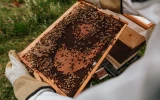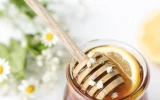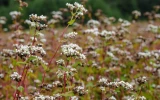How Much Honey Does a Hive Produce on Average? (UK)
The United Kingdom (UK) contributes about 14 percent of honey being sold in the domestic market. This constitutes to almost 60 percent in the European average. To get to these numbers, find out below how much honey a hive can produce on average in UK which gets them the most profit out of their bee business.
One hive can produce 60 pounds (17 kg) of honey per year during fair seasons, but an average hive can produce around 25 pounds (11 kg) of honey surplus. In nomadic apiaries with an established experience in beekeeping, this can escalate to a production of up to 88-99 pounds (40 to 45 kg) of honey yearly.
Now that you know the amount of honey produced by a single hive on average in the UK, are you ready to start your business? Not just yet. There are conditions that must be met to better the honey production of your hive and make it more profitable. Keep yourself busy as a bee while gaining more knowledge as you read further details below.
Summary
- One hive can produce 27 kilograms (60 pounds) of honey per year during fair seasons.
- An average hive can produce around 11 kilograms (25 pounds) of honey surplus.
- In nomadic apiaries, honey production can escalate to up to 40 to 45 kilograms (88- 99 pounds) yearly.
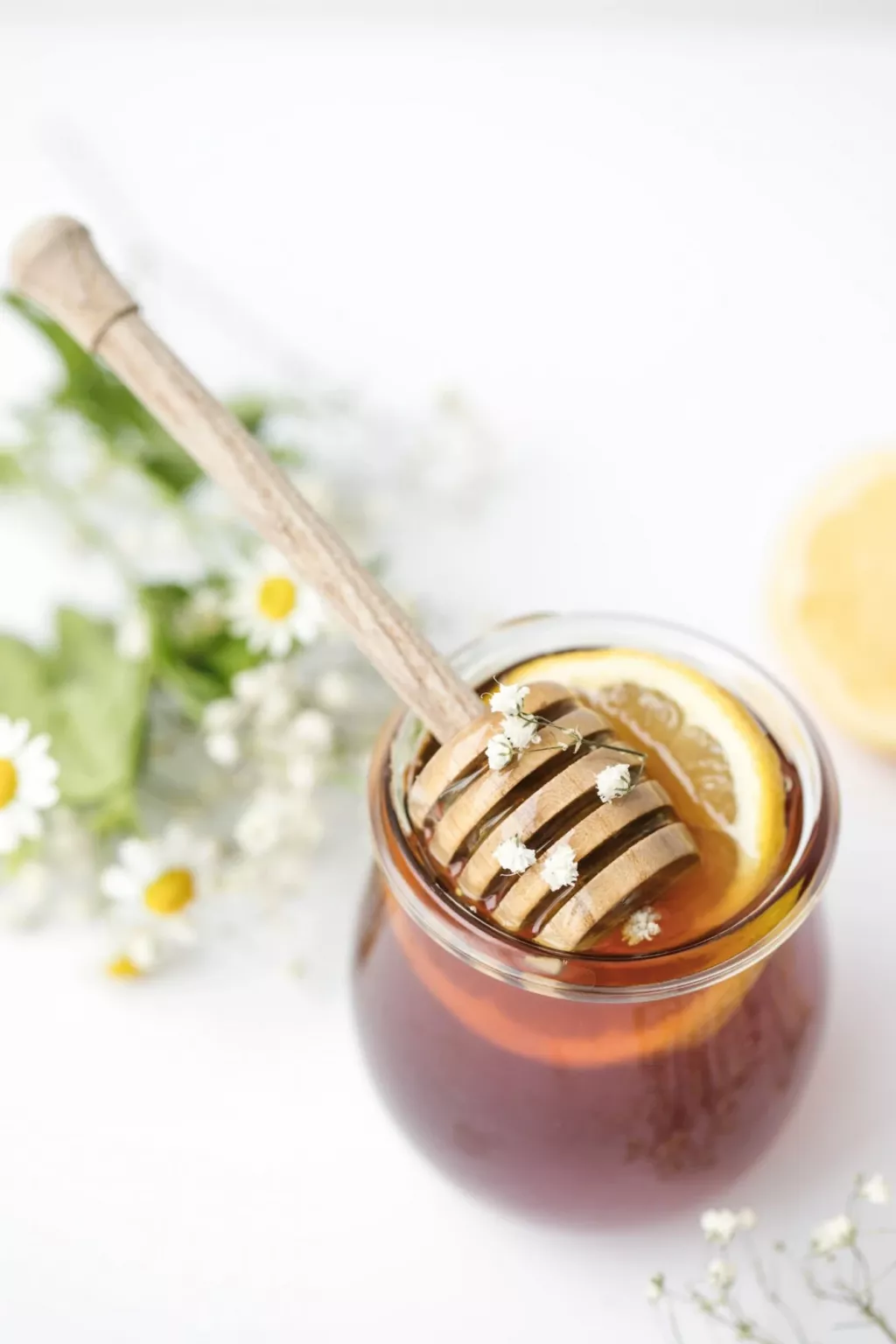
On this page:
Average Honey Surplus Production per Hive in the United Kingdom
Honey surplus refers to the amount that is left after all the expenses in the collection and flight of the bees and their nutritional needs have been fulfilled. In the UK, the average amount of honey surplus produced by a single hive total to 11 kilograms (25 pounds). Technically speaking, bees produce honey for their own benefit. They make honey and store it up as food source during the colder months to allow them to survive.
The honey making process of the bees starts when they visit 1,000 or more flowers each day to collect nectar. After their flight completion, bees will go back to the hive and the collected nectar in the bee's stomach will be regurgitated and passed on mouth to mouth to other bees until its moisture content is reduced to 20 percent. This nectar with 20 percent of moisture is what is known as the honey. Honey is stored in honey cells until it is needed during winter.
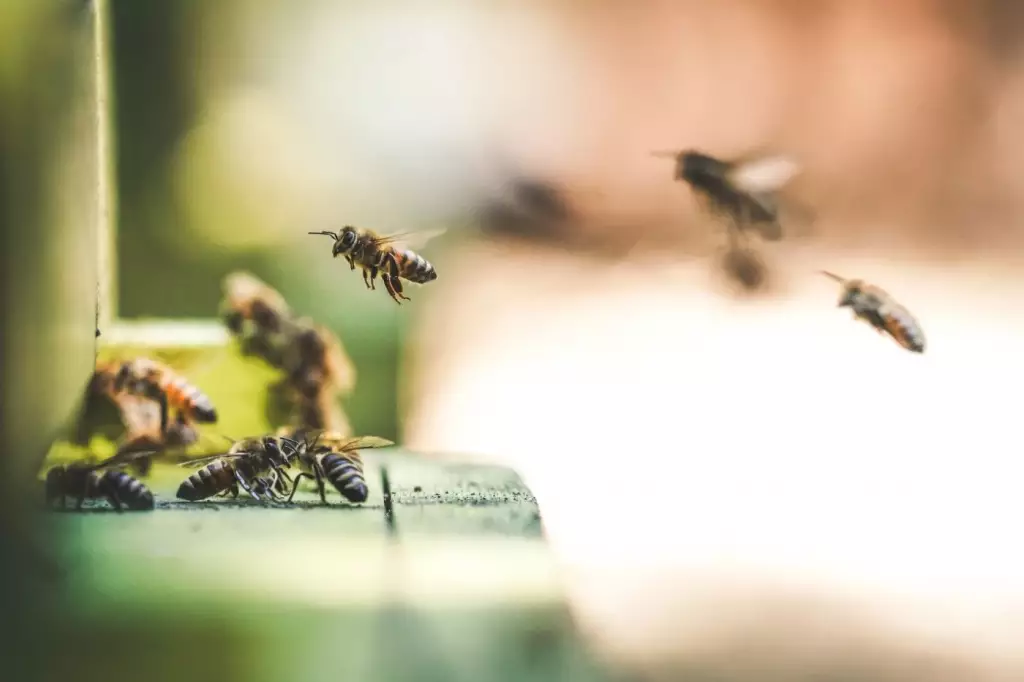
There are many tasks that bees execute within their hive aside from collecting nectar outside. Large amounts of energy are needed during overwintering, producing worker bees, feeding the queen and the drones, production of wax comb, and when transporting water inside the hive to keep it cooled down and using it also for diluting the honey in feeding the larvae. All these tasks contribute to a consumption of 85 kilograms of honey annually, which leaves us about 25 – 55 kilograms of harvestable honey surplus, given that the conditions have been met and the season is good.
Beekeeping can be sedentary or nomadic. Sedentary beekeeping is placing your apiary in a permanent location where a certain bloom is planted. Nomadic beekeeping, however, is making the hives movable or transferrable to locations where peak blooming season of a plant is noted. This provides greater opportunity for bees to visit more flowers and produce greater amounts of honey. This is the reason why in nomadic apiaries honey production can escalate up to 40 to 45 kilograms of honey (88- 99 pounds) yearly in the United Kingdom.
How Bee Apiaries In the UK Profit More
As mentioned above, nomadic apiaries can produce an annual average of 40 to 45 kilograms of honey, more than the stationary ones. In the UK, they transfer hives, which is one of the reasons they have great honey production each year. Other bee farm practices to take note of to enhance the hives' ability to produce honey are the following:
- Planting the correct types of flowers
- The distance between the apiary and the flowers (preferably closer to save up time and energy during flight)
- Having knowledge of the type of honey and pollen produced by the chosen plant types
We've written multiple articles on what plant to choose for getting different kinds of honey:
If you are looking for a greater profit out of beekeeping, the number of colonies to maintain must be considered too. A total of 50 to 100 bee colonies will be a good start to earn serious cash.
There are multiple ways to make your bees produce more honey. You can learn everything about it in our article here.
Why UK Honey Production Has Been Reduced Overtime
Low honey production in a season can be attributed to several reasons. One of which is the changing weather. As said, bees cannot fly when it's pouring outside, and climate change has changed the weather system so bad that even in summer, it's raining and wet in the UK. In fact, in 2012, the supposedly fun summer turned to become rainy and cold which garnered only 13.6 kilograms (30 pounds) of honey on average.
But aside from this, another great contributing factor to the reduced honey production is the starvation of bees. Urban development has caused gardens of flowers to be converted into homes. It is a no brainer that without flowers, there is of course, no honey.
At the same time, neonicotinoid pesticide use has been rampant which posed negative effects on bees before it got banned. In China, pesticide use killed a large population of wild bees, and workers had to make up for this loss, by manual pollination by hand.
The average honey yield per hive in the UK has been steady in 11 kilograms in the past years. Comparable to the harvests in the 1950s, beekeepers say this is half of the 22-to-45-kilogram honey yield before. In 2011, 6400 tons of honey was produced by UK, but in 2015, it was reduced to 2,800 tons.
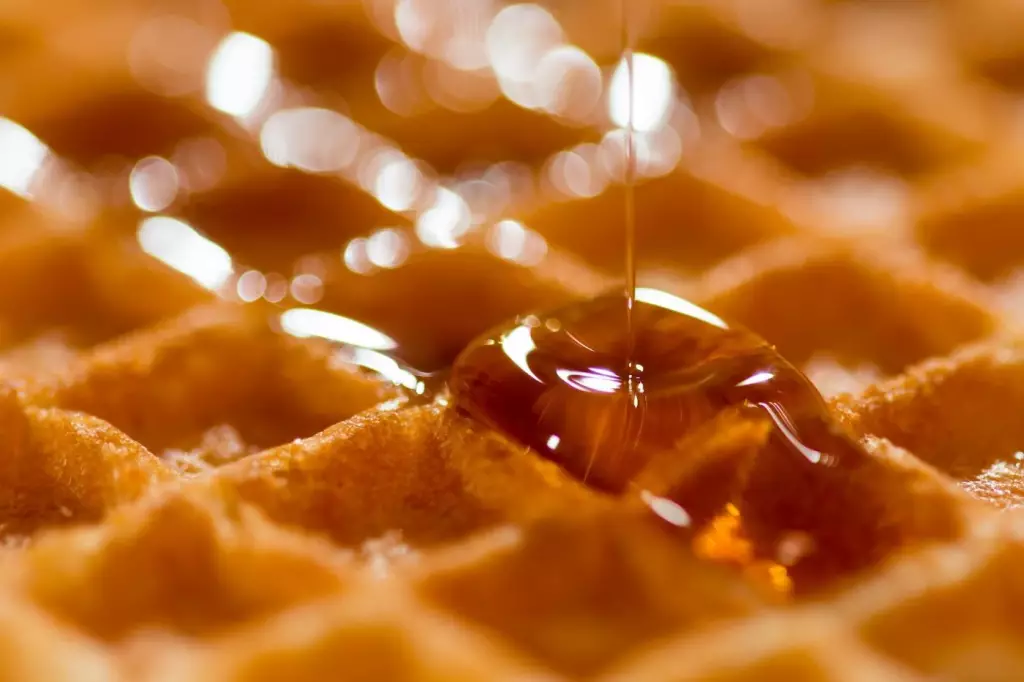
There is a high demand of honey products in the UK, with the local production only covering 14 percent of it in the market, an increased importation of honey is required to suffice the demands. UK Beekeepers Association are making their best effort to keep up with the challenge of an increased honey production each year. After all, nothing tastes sweeter than tea paired with honey.
